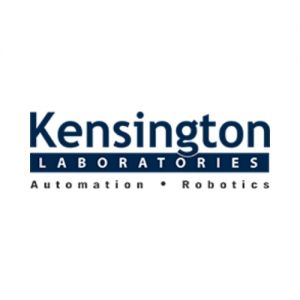How Wafer Handling Automation Enhance Machine Performance?Posted by Kensington Laboratories on January 16th, 2020 In the present time, semiconductor and electronics centered companies are providing a full range of market-leading semiconductor and electronics handling robots. If we talk about their production, all these robots are made by keeping their usage in mind into the cleanroom applications. Moreover, wafer handling robots are consist of some of the features such as speed, accuracy, and reach, which makes them a tailor-fit choice for handling delicate semiconductor wafers, LCD panels, organic EL, and solar panels. Key Features and Importance of Wafer Handling Automation Since 1997-98, wafer handling automation robots are meeting the demand for semiconductor quartz and wafer substrate handling. Beam wafer sensing and robot self-teach functionality are the two primary features of wafer handling automation robots. Additionally, wafer handling automation robots also plays a vital role in the semiconductor equipment spectrum for the sake of thermal processing systems, metrology systems, and deposition systems. Fetch High Performance with Wafer Handling Automation Nowadays, wafer handling automation robots are the building block when it comes to the total productivity of semiconductor fabrication. Apart from this, robotic systems also work as a building block for material handling within wafer front-end and back-end mini-environments. Moreover, wafer handling automation also boosts up the performance of the processing machines by decreasing the wafer processing time. Front end wafer handling robots have not only improved the performance demands but also need higher efficiency and security to drive mechanical constraints. The manufacturers of wafer handling systems have transformed their objectives by developing manipulating capacities, implementing advanced control schemes, direct-drive actuation by properly analyzing task management with mathematical modeling. Moreover, wafer handling systems aims to improve the performance abilities of robotic wafer handling automation in terms of power and mechanical efficiency. How Wafer Handling Automation Boost Performance? When it comes to robotic handling systems (RHS), the typical feature of the manipulating task is to create a necessitated straight-line motion in the middle of the wafer. The straight-line segment coincides with the longitudinal axis of the machines. On the other hand, the linear motion demands synchronized vertical movement to consider placement errors. However, ideally, the straight-line segment manifests in a horizontal plane. Generally, the center of the wafer handling and the center-line of the equipment both stay within a closed vicinity, approximately it is less than 0.5mm. When the straight-line segment locates at the center of the robot, the motion is known as 'fine motion.' Along with 'fine motion,' there is another motion named as 'Gross motion.' Its purpose is to banish wafers among distinct approach positions. Typically, these wafers are in front of the machine and surrounded by walls of the mini-environments. To increase machine performance, the gross motion needs to be fast and restricted by the necessity to keep the wafer on the end-effector. Conversely, in most of the cases, the combination of 'fine' and 'gross' motions are required to reduce the wafer swapping time so that velocity and acceleration of separate movements can be increased. End Notes Kensington Laboratories manufactures wafer handling robots and motion control stages to improve in terms of productivity. Moreover, we also offer wafer handling automation robots and motion control stage repair services to optimize your fund's investment in machines. Like it? Share it!More by this author |


